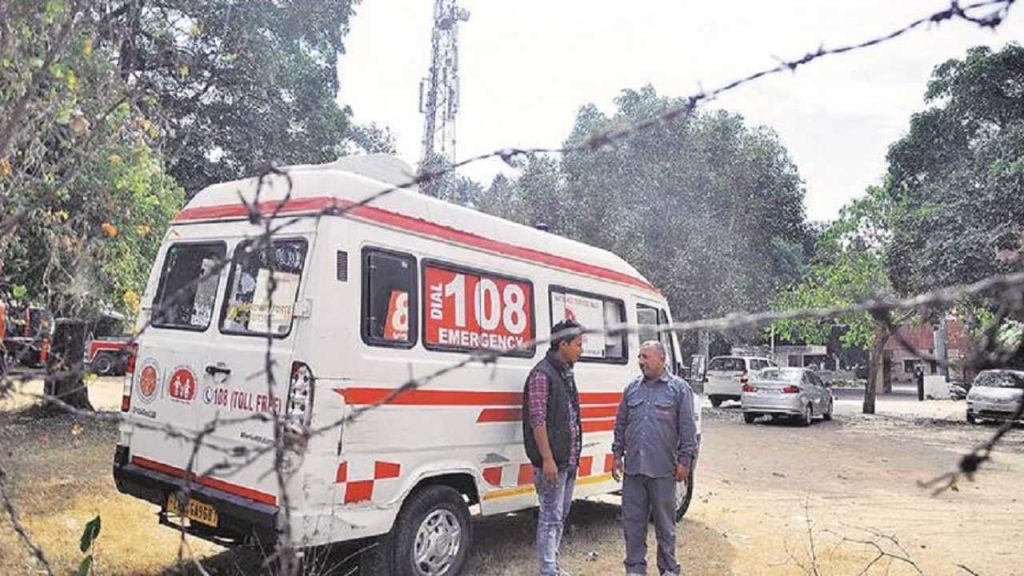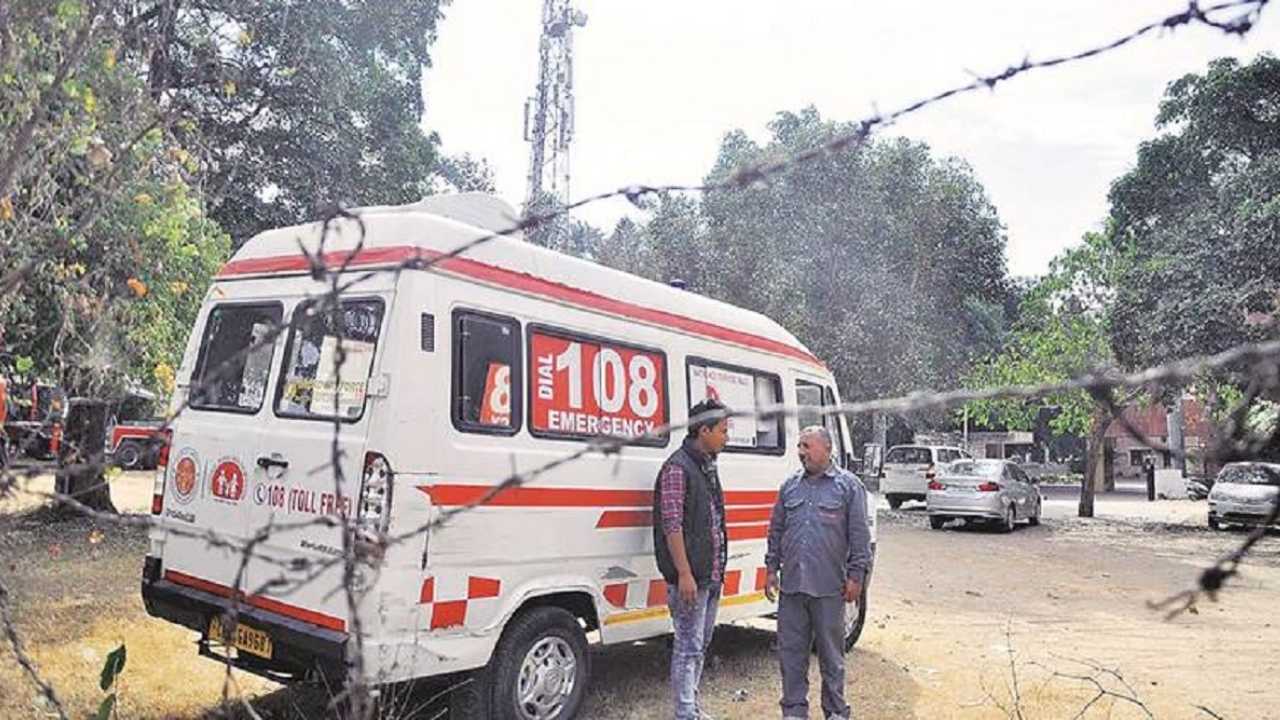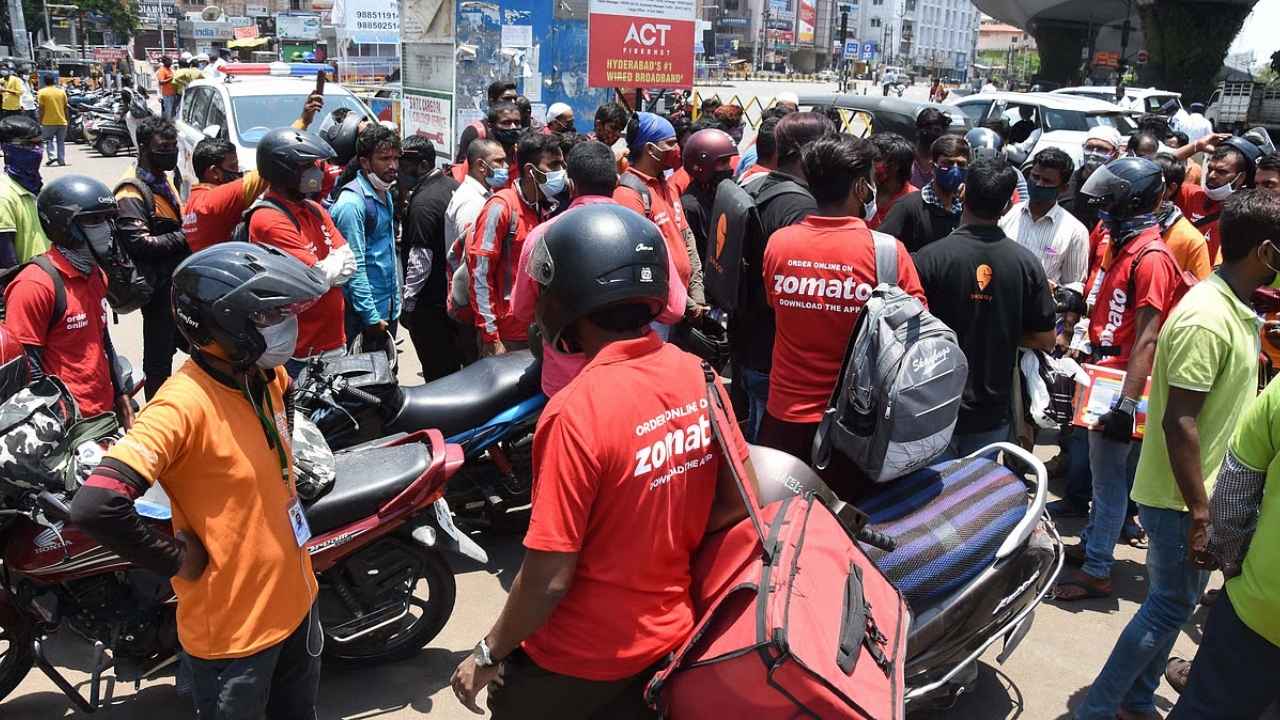In the small, rural town of Dhenkanal, Odisha, an unimaginable tragedy unfolded when a 3-year-old child, Raju Munda, lost his life after a 108 ambulance failed to arrive in time. The child, who had suffered a fall into a canal near his home, was left to be transported to the nearest hospital by his family, using a motorbike. Sadly, despite their desperate rush, Raju was declared dead upon arrival. This tragic incident raises critical questions about the reliability of emergency services, especially in rural areas, and the life-or-death consequences of delayed medical responses.

Family Rides in Desperation as 3‑Year‑Old Dies Near Hospital
| Key Information | Details |
|---|---|
| Incident Location | Dhenkanal, Odisha, India |
| Victim’s Name | Raju Munda, 3 years old |
| Cause of Death | Delayed ambulance response and medical emergency |
| Main Issue | Failure of the 108 ambulance service to respond on time |
| Family’s Action | Transporting child on a motorbike to the hospital |
| Hospital | Kamakhyanagar Hospital, Odisha |
| Tribal Leader’s Response | Madhabananda Marandi calls for action to fix ambulance delays |
| Outcome | Child declared dead at the hospital |
| Source | Odisha TV |
This incident shines a light on the urgent need for better emergency medical services, especially in rural regions where resources are limited and every second counts. In a world where technology and advancements in medicine are evolving rapidly, one would think that an essential service like an ambulance would be reliable. Yet, this heartbreaking event shows how a system failure can cost lives.
Let’s dive deeper into what happened, the implications for rural healthcare, and how such incidents can be prevented in the future.
The tragic death of 3-year-old Raju Munda underscores the importance of reliable emergency medical services in rural areas. While the 108 ambulance service aims to provide critical care in times of need, its failures in this case highlight the challenges that need to be addressed. From improving infrastructure to increasing resources and training, there are many steps that can be taken to ensure that no life is lost due to avoidable delays. The time for action is now.
The Incident That Shook a Community
The tragic event occurred when Raju Munda, a young boy from a small village in Dhenkanal, Odisha, slipped and fell into a canal. His family, understandably distressed by the accident, quickly contacted the 108 ambulance service, the emergency medical service available in many parts of India. Unfortunately, they received a shocking response—no help would be arriving.
In desperation, the family decided to take matters into their own hands. They loaded Raju onto a motorbike and rushed him to the nearest hospital, Kamakhyanagar Hospital, which was a good distance away. Despite their best efforts, Raju was declared dead upon arrival at the hospital.
This situation not only highlights the inefficiency of the emergency response system but also raises concerns about the accessibility and reliability of services in rural areas. With a lack of prompt ambulance services, families often face impossible choices when trying to save the lives of loved ones.
Understanding the 108 Ambulance Service: A Lifeline Gone Awry
The 108 ambulance service is meant to be a quick-response system for emergency medical needs, available 24/7 to anyone who calls. In theory, this service should be a reliable lifeline for those in need, offering immediate transportation to medical facilities for emergencies like accidents, heart attacks, and, in this case, drowning accidents.
However, this tragic incident brings to light the fact that the 108 service may not always live up to its promises. As pointed out by local tribal leader Madhabananda Marandi, there are frequent issues with the service, such as broken-down ambulances, delayed responses, and lack of maintenance. When emergencies arise, the last thing anyone wants is a broken-down ambulance or one that doesn’t show up at all.
The Challenges Facing Rural Ambulance Services
There are many challenges that contribute to the inefficiencies of emergency medical services in rural India, and by extension, many rural areas across the globe. Some of these challenges include:
- Lack of Infrastructure: Rural areas often suffer from poor roads, remote locations, and limited access to resources. This can delay the arrival of ambulances, as they struggle to navigate rough terrain or long distances.
- Limited Ambulance Fleet: In many cases, the number of ambulances available is insufficient to meet the needs of the entire population. This results in long wait times and overcrowding of available services.
- Maintenance Issues: As tribal leader Marandi points out, ambulances are sometimes not well-maintained, making them prone to breakdowns during critical moments.
- Staff Shortages: Another issue that affects emergency services is the shortage of medical professionals available to operate ambulances. This means that even if the vehicle arrives on time, there may not be enough trained personnel to provide essential medical care.
All these factors combine to create a system that is unreliable and often fails to deliver when lives are on the line.
A Deeper Look at Ambulance Delays and Their Impact
When ambulances fail to arrive, the consequences can be devastating. According to studies, timely medical intervention is crucial in many emergencies, such as cardiac arrest, strokes, or trauma cases like Raju’s. Research from the American Heart Association (AHA) emphasizes the importance of the first few minutes after an accident. For instance, in cases of heart attacks, a 10-minute delay in medical response can significantly lower a patient’s chances of survival.
In the case of Raju, the delay in receiving medical help meant that his condition worsened as time passed. Even if the family had managed to get him to the hospital on time, the chances of a full recovery were slim, given the severity of the injuries.
What Can Be Done to Improve Ambulance Services?
- Investment in Rural Infrastructure: One of the best ways to improve ambulance services is to invest in better infrastructure. This includes improving road networks, creating better access points for ambulances, and ensuring that emergency services are accessible even in the most remote areas.
- Expanding Ambulance Fleets: With more ambulances in operation, the response time to emergencies can be reduced significantly. This can be achieved by either increasing the number of ambulances or improving their efficiency through GPS tracking and optimized routing systems.
- Regular Maintenance and Training: Ensuring that ambulances are well-maintained is essential to preventing breakdowns. Additionally, training staff to respond quickly and effectively to emergencies can save lives and ensure better outcomes.
- Community Outreach and Awareness: Educating people about when and how to access emergency services is vital. Raising awareness about the importance of timely medical intervention can help communities take swift action when emergencies arise.
Odisha Auto Driver Kills Parents While Drunk, Stays with Bodies Overnight
University Grants Commission Takes Action: Fact-Finding Team Deployed in Odisha Case
Balasore Tragedy Sparks Statewide Shutdown: What to Expect on July 17 in Odisha
FAQs
1. What is the 108 ambulance service?
The 108 ambulance service is a free emergency medical transportation service in India that provides immediate medical care and transportation to hospitals in critical situations.
2. Why did the ambulance fail to respond?
The exact reason for the delay was not provided, but issues like poor maintenance, vehicle breakdowns, and lack of proper infrastructure are common reasons for delayed ambulance responses.
3. What should I do if I experience a delay in ambulance services?
In case of an emergency, it is crucial to stay calm, keep your loved ones safe, and, if possible, arrange for alternative transportation to the hospital. It is also helpful to contact local authorities and report the delay.
4. How can ambulance services be improved in rural areas?
Improving rural infrastructure, increasing the number of ambulances, and ensuring proper maintenance and training for staff can significantly improve the reliability of emergency services in rural areas.





